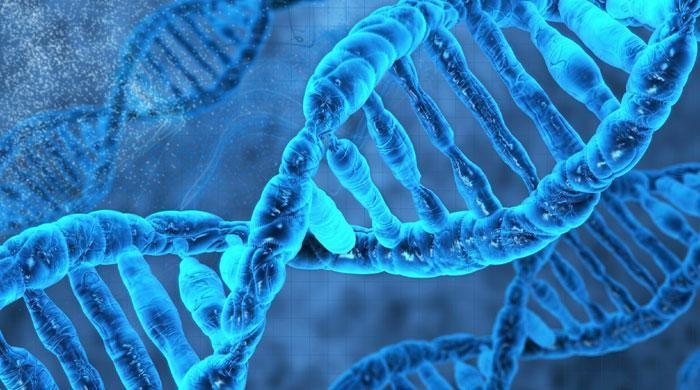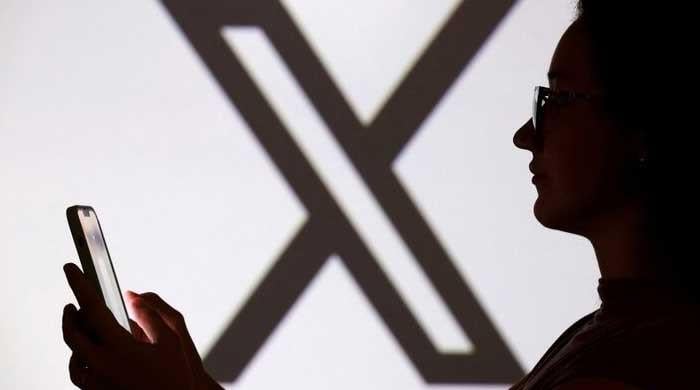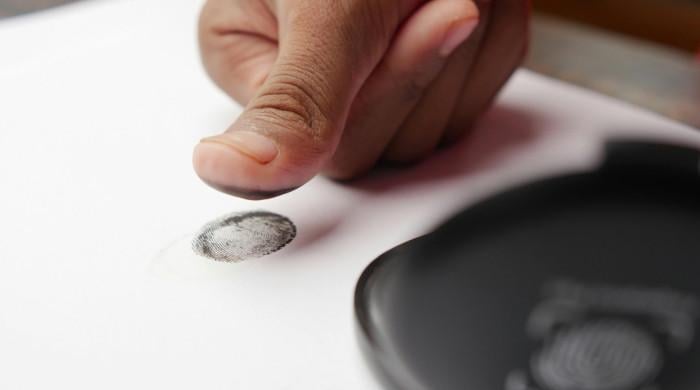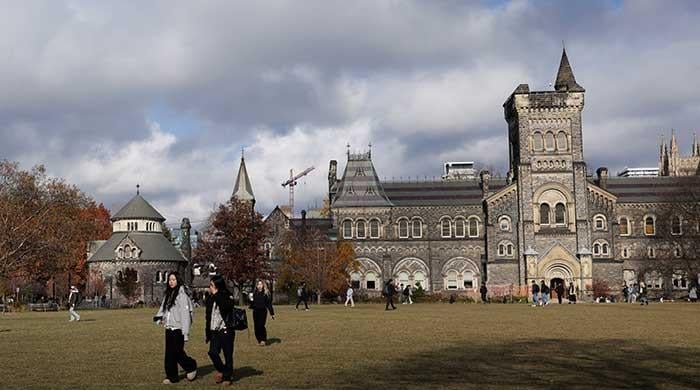US scientists breed life form with lab-made DNA
Scientists led by the Scripps Research Institute in La Jolla, California, have added two extra, artificial letters to the ancient alphabet of A, C, G and T. And the E
January 24, 2017

In an incredible development, scientists in the United States breed a new life form with the help of lab-made Deoxyribonucleic acid (DNA), that carries the genetic instructions used in the growth, development, functioning and reproduction of all known living organisms and many viruses.
According to a report in The Washington Post, scientists led by the Scripps Research Institute in La Jolla, California, have added two extra, artificial letters to the ancient alphabet of A, C, G and T. And the E. coli living with this unusual six-letter, three-base-pair alphabet are, by the account published Monday in the Proceedings of the National Academy of the Sciences, capable of surviving tough laboratory conditions.
The report said that for billions of years, life has danced that same old DNA jig. At some point after Earth’s formation, but before bacterial slime formed the planet’s oldest fossils 3.7 billion years ago, DNA became the system by which virtually every organism stored and passed on its genetic information. No matter how many times mutations or natural selection remixed the tune, four nitrogenous base units always comprised DNA: adenine, cytosine, guanine and thymine. This was as true for hairy apes as it was for brewer’s yeast, redwoods and Tyrannosaurus rex.
In 2014, the synthetic biologists announced they had achieved something unprecedented in the history of DNA. They went beyond remixing the DNA music, mashing it up with an alien beat. It was the genetic equivalent of Danger Mouse’s “Grey Album”: Where other bands simply covered John, Paul, George and Ringo, someone figured out how to thread in Jay Z.
The biologists added two new letters to the four-letter DNA alphabet within E. coli bacteria. The scientists called the novel base units dNaM and d5SICS (a newer, improved version of the bases were named dNaM and dTPT3). You can think of these unnatural nucleobases as X and Y. Years down the line, microbes with increased genetic information could present exciting and lucrative scientific possibilities: bacteria capable of churning out therapeutic human proteins, or altered bugs that hoover up environmental spills.
But, in 2014, there was a problem with X and Y.
Specifically, the method of incorporating X and Y into the bacterial DNA proved toxic. E. coli that had the extra base pairs were weaker than those without them. The population of semi-synthetic E. coli microbes, within a few days, lost the X and Y bases; they reverted to a natural, two-base-pair state. To The Washington Post by phone on Monday, Scripps researcher Floyd E. Romesberg likened the 2014 success as a proof-of-concept lightbulb capable of a single flash. It was as though the scientists sent electricity coursing through a filament to a bulb — to see light just for a moment, before the bulb winked out forever.
According to the report, Romesberg and his colleagues on Monday announced they had created a stable version of their semi-synthetic microbe. They threw the switch, and the light stayed on.
“It is not an incremental improvement,” Romesberg told The Post. “It is a wonderful experience to bathe in the light of a lightbulb that does not go out.”
A decade ago, Ian Paulsen, an expert on microbial genomes at Australia’s Macquarie University, would have scoffed at the idea that biologists could create stable microorganisms with an additional DNA base-pair.
The new study marked an impressive first step “on a very long journey to make designer life, for want of a better phrase,” said Paulsen, who was not involved with the research, via phone to The Post early Tuesday. “It’s a very elegant, very clever piece of work.”









